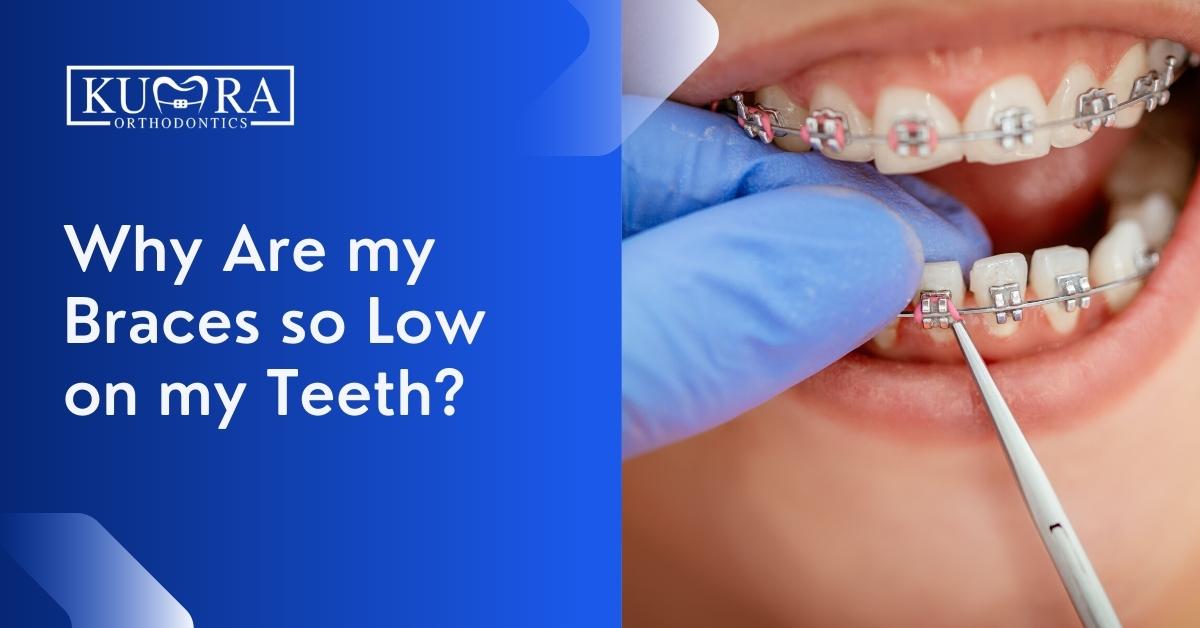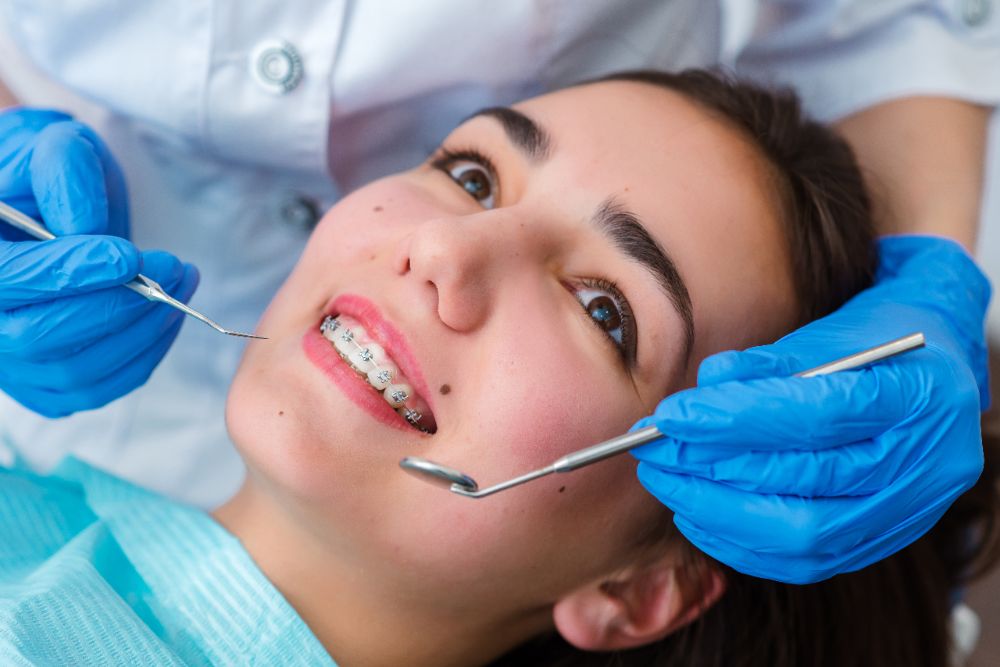Why Cumming Invisalign is the Perfect Selection for a Discreet Orthodontic Option
Wiki Article
Comprehensive Guide to Orthodontics Procedures for Correcting Dental Imbalances
In the realm of orthodontics, the journey to attaining a completely aligned smile involves a myriad of procedures tailored to correct dental misalignments. From typical braces to undetectable aligners and even surgical alternatives, the field of orthodontics provides a series of options to resolve varying degrees of dental irregularities. Comprehending the intricacies of each procedure, including their devices, benefits, and possible disadvantages, is essential in making educated choices concerning one's orthodontic treatment. As we browse via the thorough guide to orthodontic treatments for correcting dental misalignments, the complex information of each approach will unfold, shedding light on the course toward a practical and unified dental alignment.Orthodontic Procedures Summary

Regular modifications and surveillance are crucial components of orthodontic treatment to make certain progress is on track and to make any essential modifications along the way. By going through orthodontic procedures, people can not just attain a straighter grin yet likewise improve their general dental health and wellness and function.
Standard Braces: How They Work
When considering orthodontic therapies for dental misalignments, traditional dental braces stick out as a time-tested approach for fixing teeth placing. Standard dental braces are composed of brackets, cables, and bands that collaborate to apply continuous stress on the teeth, gradually relocating them right into the wanted alignment. The brackets are connected to the teeth making use of an unique adhesive, and the cables are threaded through the brackets. By changing the tension of the cords, orthodontists can regulate the instructions and pressure related to each tooth, directing them into proper positioning with time.
As stress is applied to the teeth through the braces, the bone bordering the teeth is improved to sustain the brand-new tooth positions. Clients will require routine changes at the orthodontist's workplace to ensure the braces proceed to use the appropriate pressure for reliable teeth movement.
Unnoticeable Aligners: Benefits And Drawbacks
Undetectable aligners use a discreet and convenient alternative to traditional braces for fixing oral misalignments. These clear, personalized trays are essentially undetectable when worn, making them an enticing option for individuals seeking a much more aesthetically pleasing orthodontic treatment. Among the key advantages of unnoticeable aligners is their removability, enabling much easier upkeep of oral hygiene contrasted to standard braces. Clients can eliminate the aligners before consuming or brushing their teeth, reducing the danger of food getting stuck in the home appliance and streamlining the cleaning process.
Surgical Orthodontic Options
Surgical treatments in orthodontics existing sensible choices for resolving intricate oral imbalances that might not be successfully solved via conventional orthodontic treatments. While invisible aligners and traditional dental braces can deal with several orthodontic issues, certain cases call for surgical treatment to attain optimal outcomes. Surgical orthodontic alternatives are normally recommended for severe malocclusions, significant jaw disparities, and situations where the underlying bone framework requires alteration to accomplish proper alignment.One usual surgical orthodontic procedure is orthognathic surgical procedure, which includes repositioning the jaws to correct useful problems such as problem chewing or talking. This surgical procedure is commonly carried out in collaboration with an orthodontist that aids line up the teeth before and after the treatment. Surgical orthodontics may additionally include procedures to reveal impacted teeth, eliminate excess gum cells, or reshape the jawbone to develop a much more unified facial account.
Prior to thinking about medical orthodontic choices, patients go through a comprehensive analysis to identify the necessity and possible imp source benefits of such treatments. orthodontics. While surgical treatment might seem daunting, it can substantially improve both the feature and visual appeals of the smile in instances where conventional orthodontic treatments fail
Retainers and Post-Treatment Treatment

Failing to abide with post-treatment treatment guidelines can result in regression, where the teeth progressively relocate back in the direction of their original settings. Consistent retainer wear, excellent dental health, and routine dental check-ups are important for maintaining the results attained via orthodontic surgery and guaranteeing the long-term security of the fixed dental placement.
Verdict
To conclude, orthodontic procedures supply numerous choices for fixing dental imbalances. Standard braces use steel braces look at here and cables to shift teeth right into proper alignment. Invisible aligners give a more very discreet choice however might not appropriate for all situations. Surgical orthodontic options are readily available for extra serious misalignments. Retainers are generally utilized post-treatment to keep the new alignment. Generally, orthodontic procedures can efficiently improve oral health and visual appearance.As we browse with the thorough guide to orthodontic procedures for correcting oral imbalances, the elaborate information of each approach will unravel, losing light on the path toward a practical and unified dental placement. - braces
One of the most typical orthodontic treatments is the use of braces, which are composed of steel brackets and cords that use gentle pressure to progressively shift teeth into the desired position.When considering orthodontic therapies for oral imbalances, traditional braces Source stand out as a tried and true method for remedying teeth placing. Additionally, invisible aligners may not be ideal for intricate orthodontic concerns that call for more significant teeth movement, as they are usually suggested for moderate to modest situations. Retainers are personalized orthodontic tools developed to hold teeth in their remedied settings after the conclusion of orthodontic treatment.
Report this wiki page